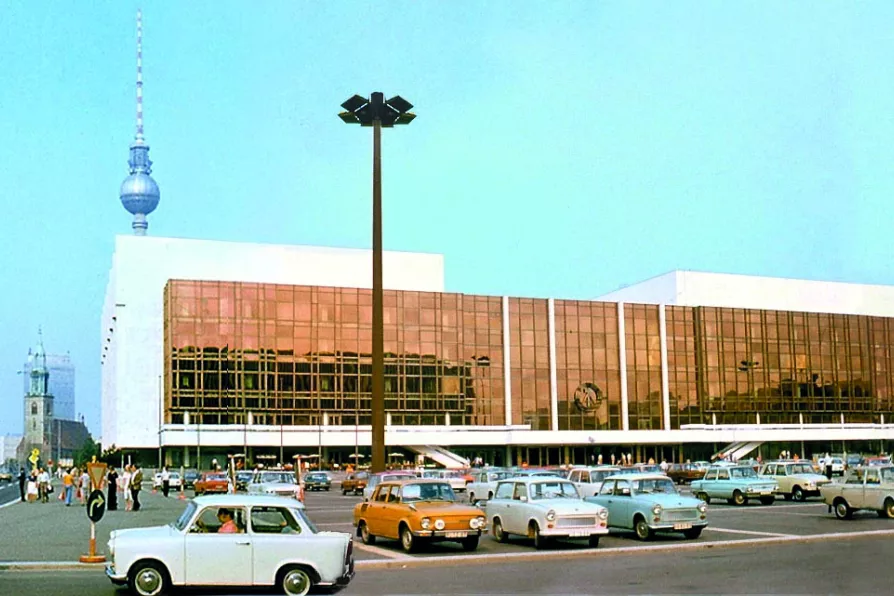The long-term effects of chemical weapons such as Agent Orange mean that the impact of war lasts well beyond a ceasefire

 The Palace of the Republic, Berlin, 1970s
The Palace of the Republic, Berlin, 1970s
THE ANNUAL heyday for German journalists is here again; another round anniversary reminds us, days in advance, how terrible life was for us poor souls in that awful old East German Democratic Republic (GDR). This year it’s the 60th anniversary of the Berlin Wall.
For me such previews were handy reminders to buy flowers or chocolates; August 13 was, since 1955, our wedding anniversary. But I was always aware that, for all its 28 years, a majority found nothing pleasant in the nasty barrier, with 100 to 150 people losing their lives trying to break through, under or over it.
But what is it that still warrants so much attention, year after year? Why (and I’ll borrow an analogy from my own book) keep kicking a horse who’s been dead for 32 years? Do some fear that the old stud may still have a kick or a bite left in him?
But if such fears were present when parts of the giant structure titled the Humboldt Forum were finally opened on a main square in Berlin, then triumphant expressions of satisfaction drowned them out; only a small group of protesters visibly expressed some of the bitter nostalgia.
It was here that the Hohenzollerns — the Prussian kings and after 1872, German kaisers — had their palace. This famous dynasty was expert in three activities: making war, seizing colonies in Africa and Oceania and amassing wealth and property.
In 1918 they lost out fully in the first two; they are still litigating about the third. The palace, no longer theirs, was wrecked and burnt out in WWII.
In 1950 the GDR leaders decided that rebuilding it in ruined Berlin was far out of reach. And was it worth it? As a symbol? One balcony was saved and built into a new government building — from it, on November 9 1918, Karl Liebknecht had vainly proclaimed a “Free Socialist Republic of Germany.” The rest was carted away as rubble, arousing the wrath of all the still very vocal monarchists in West Germany.
In its stead, in 1973-76, the Palast of the Republik was built, a sleek, long building in Bauhaus-type style, with transparent-from-the-inside windows. Some found it handsome; some didn’t.

In the first half of a two-part article, PETER MERTENS looks at how Nato’s €800 billion ‘Readiness 2030’ plan serves Washington’s pivot to the Pacific, forcing Europeans to dismantle social security and slash pensions to fund it

JOHN GREEN observes how Berlin’s transformation from socialist aspiration to imperial nostalgia mirrors Germany’s dangerous trajectory under Chancellor Merz — a BlackRock millionaire and anti-communist preparing for a new war with Russia












